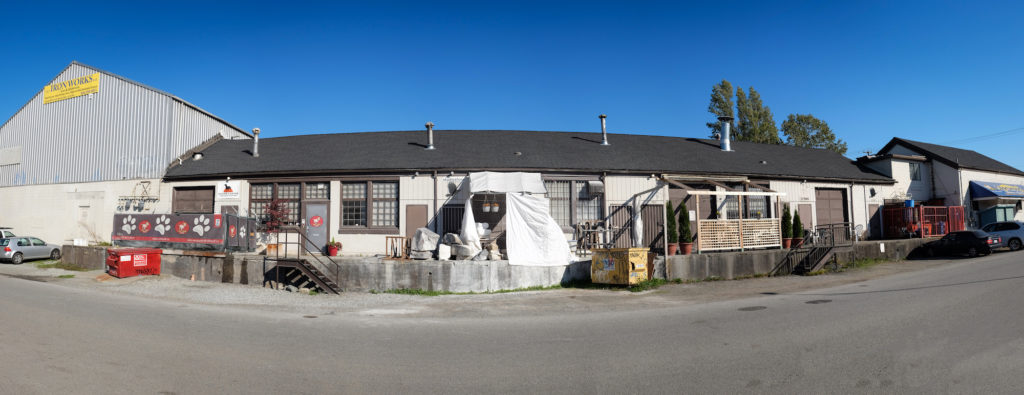The area bounded by Columbia Street, 1st Avenue, Victoria Drive and the waterfront in Vancouver is home to one of the highest concentrations of artists per capita in Canada.
But space for those artists to create is rapidly running out, says a new report by the Eastside Culture Crawl Society.
“Over the past 10 years, we lost nearly half of the buildings that used to house artist space—153 out of 325 buildings. This represents a loss of 400,000 square feet of studio space,” says Esther Rausenberg, artistic and executive director of the Eastside Culture Crawl Society. “Currently, we have about 742,000 square feet. If this trend continues, you can see that it will obliterate the community.”
Rausenberg says that the society’s new report, City Without Art? No Net Loss+, sets an important baseline for studio space in the area. It records 300-plus studio spaces currently in the area in total, as well as studio buildings that may be under threat in future.
The report also provides an opportunity for further discussion: more facts from City Without Art? will be officially released alongside a forum on October 25 and 26 at DUDOC. And the full report will be available online October 28.
“The industrial and commercial land base in this area has been slowly and incrementally encroached upon,” Rausenberg explains. “So we have lost industrial space at quite a rapid pace.”
The new research also notes that artist space in the eastside has now been consolidated into just a few buildings—7 per cent of buildings housing studios there account for 61 per cent of the area’s available artist studio space.
“A lot of the remaining spaces are also being taxed at what is called ‘the highest and best use of land,’” says Rausenberg, which forces the kind of rent increases most artists can ill afford.
The report and forum aims to look at positive ways forward: making sure artist space doesn’t encroach upon housing needs in the area, for one, and also pointing out levers that could help reach a goal of 800,000 square feet of new studio space created in the next 10 years.
“We don’t want to compete with housing,” Rausenberg affirms, “because affordability is in a real crisis situation here in Vancouver. But we do want to stress that the development of artist studio space can happen in industrial and commercial land that is not designated for housing.”
For instance, Rausenberg would like to see developers provided with city incentives for creating studio space in any new or existing industrial or commercial buildings. She also points out that a few of the eastside’s longest-running major studio buildings, like the Parker Street Studios, are owned by developers who are friendly to artists and art production space.
“There are opportunities here and some developers would like to see artists in their buildings,” she points out. That kind of industrial space is particularly needed by artists who work with kilns, furniture design and heavy machinery.
Rausenberg is also inspired by examples of artists who have banded together to find suitable spaces, like the 30-plus artists evicted from 901 Main Street 13 years ago, who went on to form their own organization at another site, Portside Studios.
“I think more and more, artists need to start working together to secure space. It’s the only way they are going to survive,” Rausenberg says.
It could be an opportune time to put these studio space goals and observations forward. Just last month, the City of Vancouver released a new culture plan that included a goal to “explore and develop mechanisms to support affordable non-profit arts and cultural space in commercial and industrial zones including density bonusing, commercial fees, cultural districts, rental only zones, and ways to lower property tax rates on undeveloped buildings.”
To see if the city meets that goal, the Eastside Culture Crawl Society is planning to do another survey/study two or three years from now, “when we will take another look and see if the administration has put in enough stopgaps” to secure artist space, notes Rausenberg.
The stakes are high now, and not just for artists.
“It’s going to obliterate the cultural soul of our city,” Rausenberg says, “if this continues.”

 A view of the Old Foundry building in Vancouver. It is home to several artists' studios, for now. Photo: Jodie Ponto.
A view of the Old Foundry building in Vancouver. It is home to several artists' studios, for now. Photo: Jodie Ponto.




